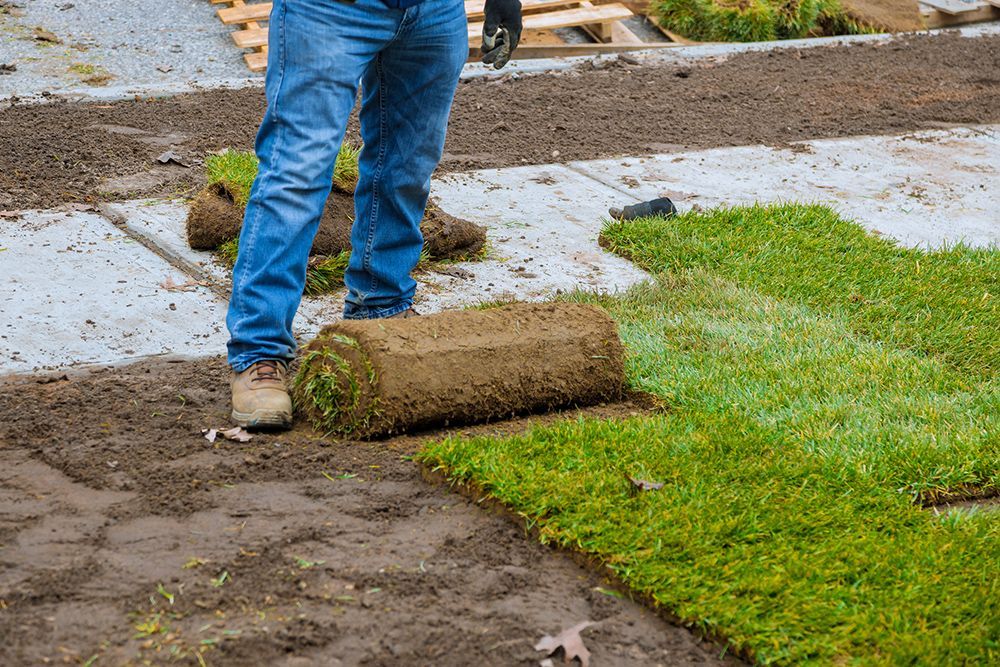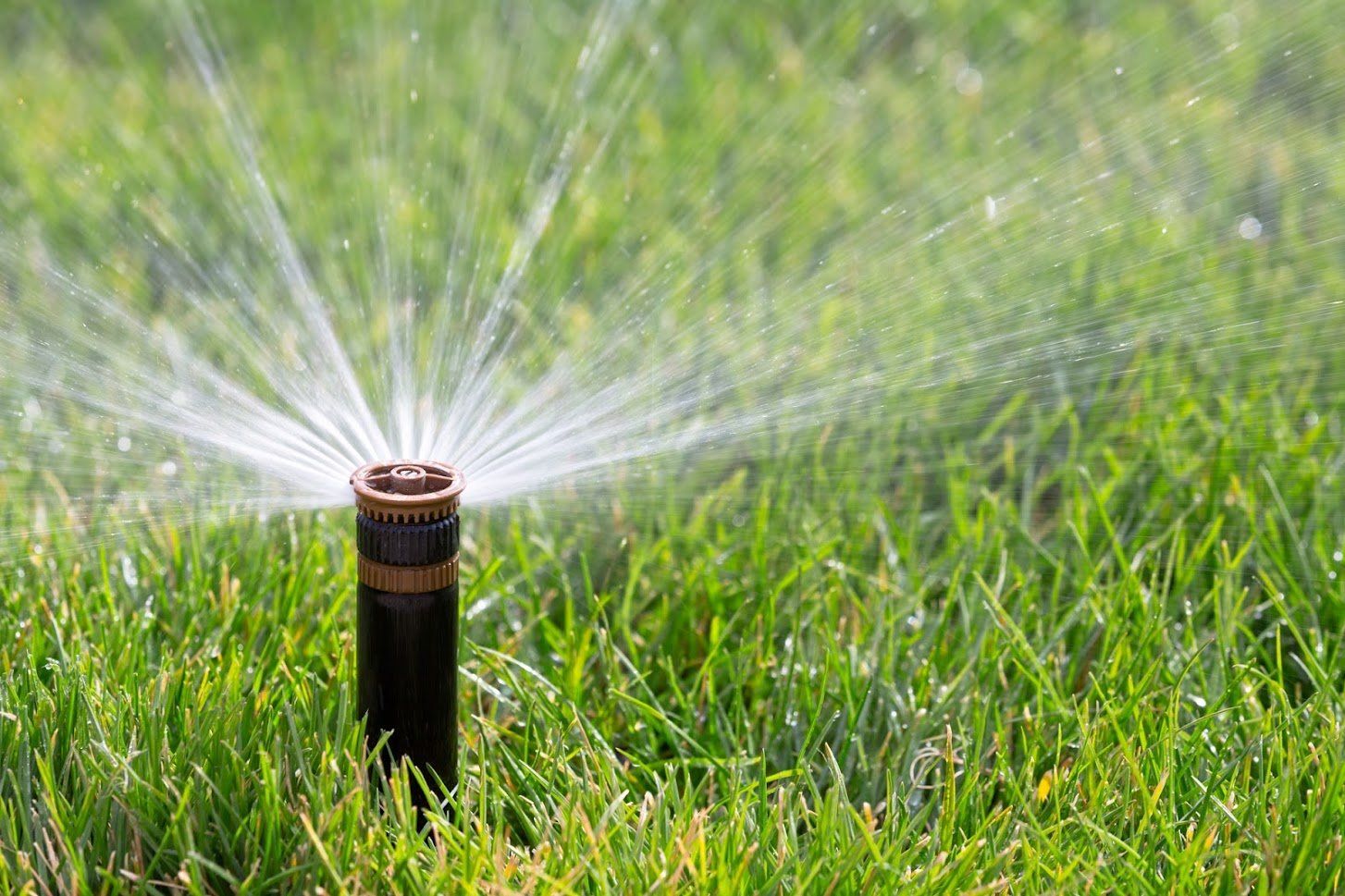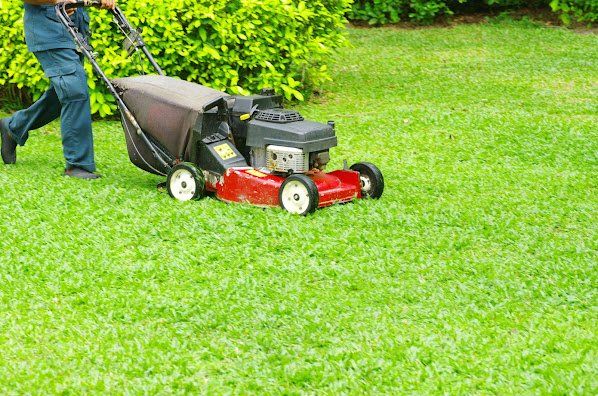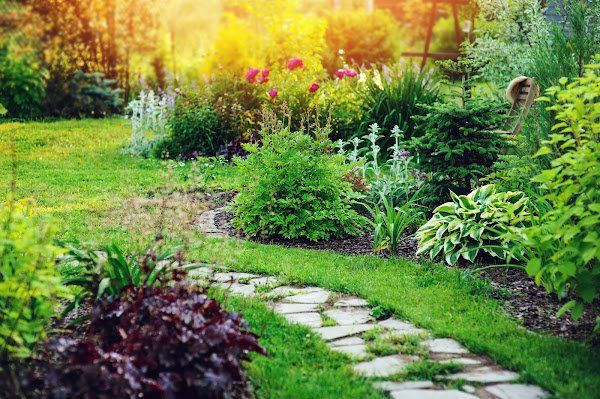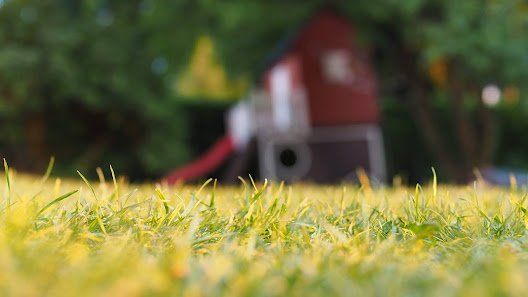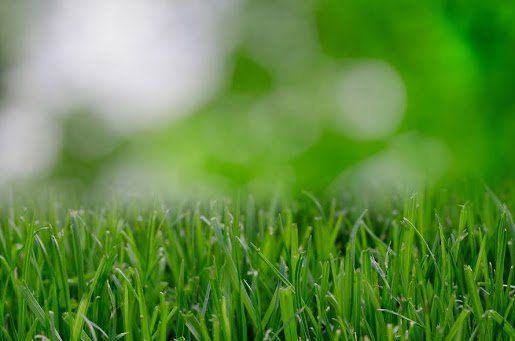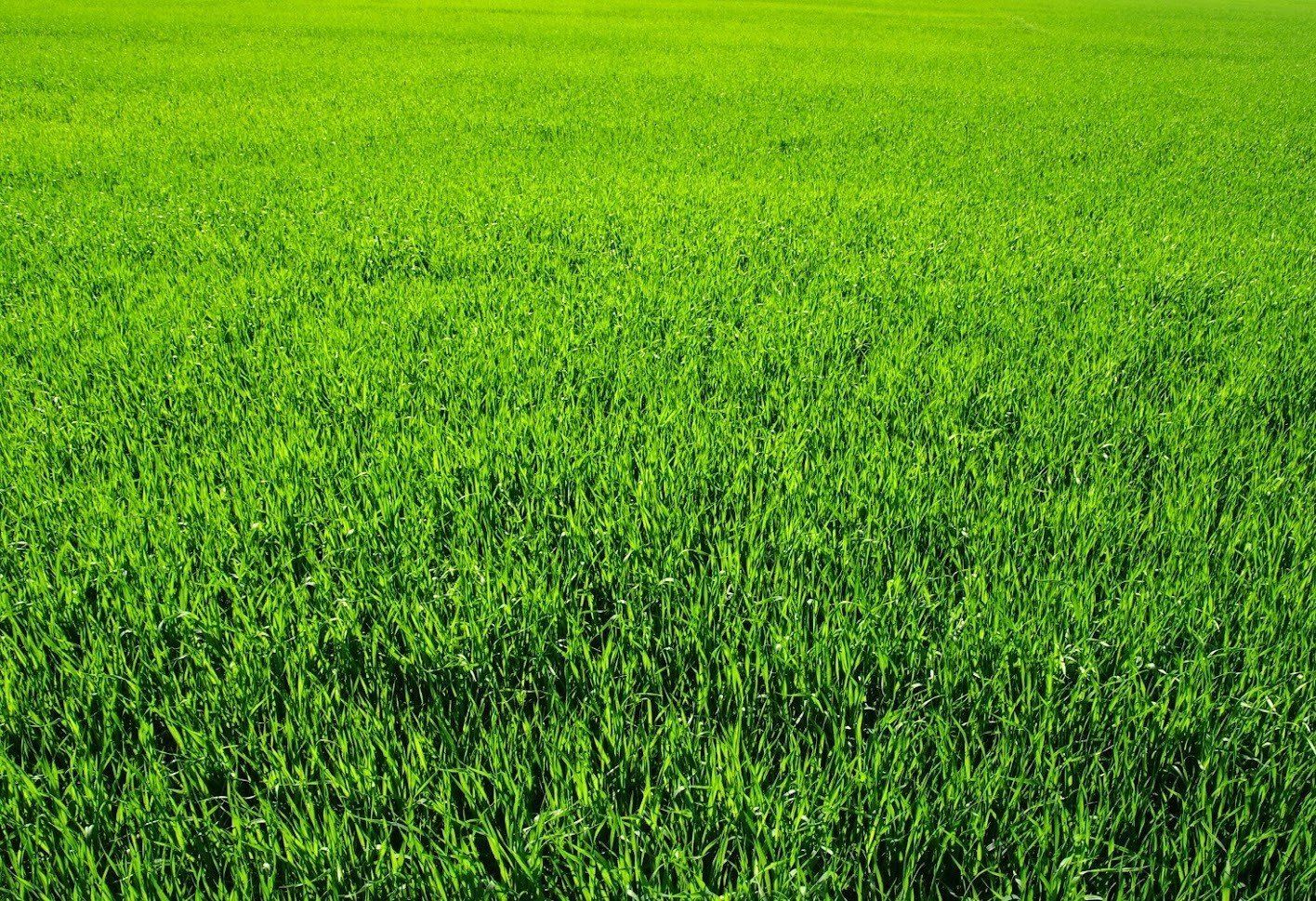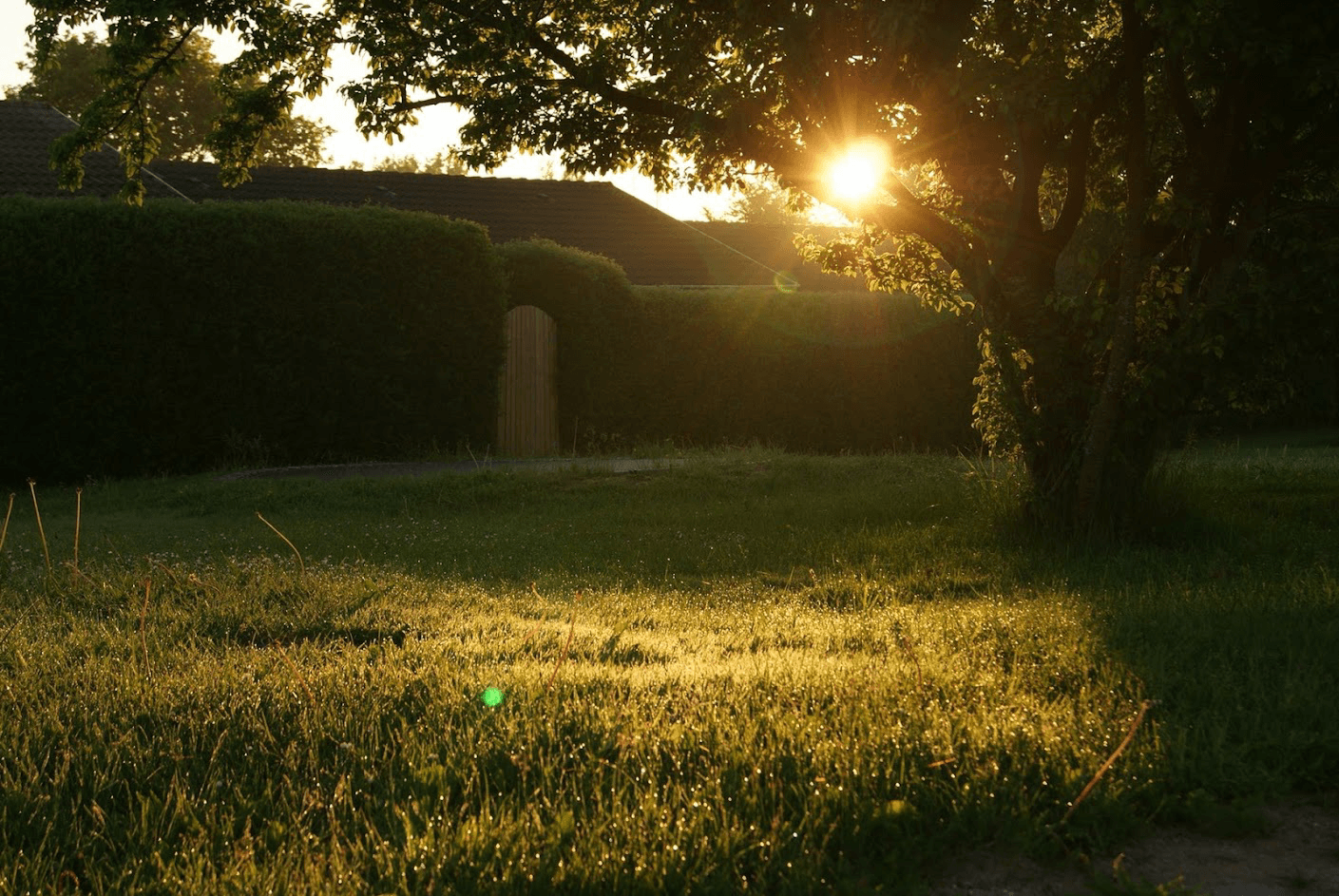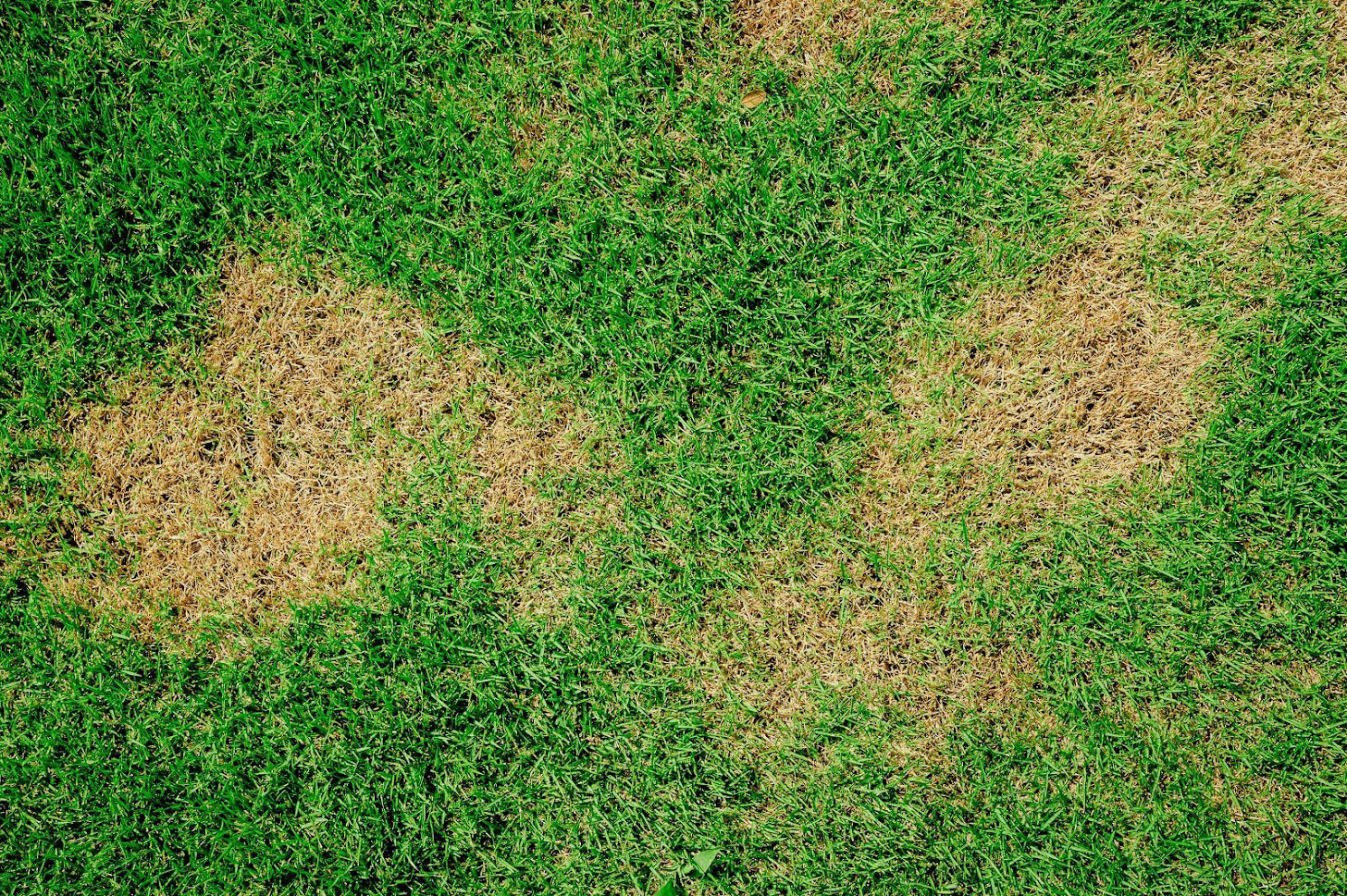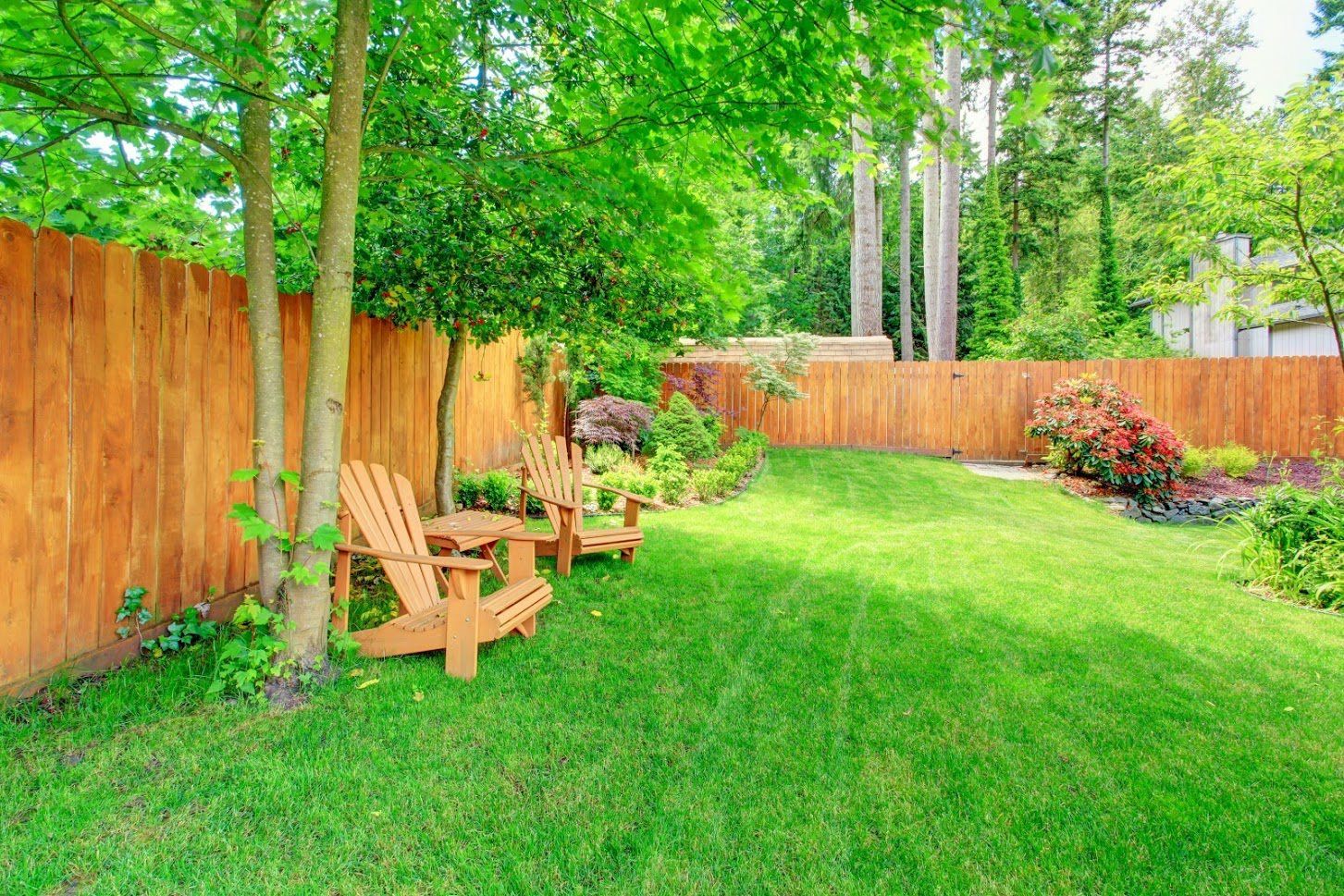Tips for Installing Sod on Clay Soil
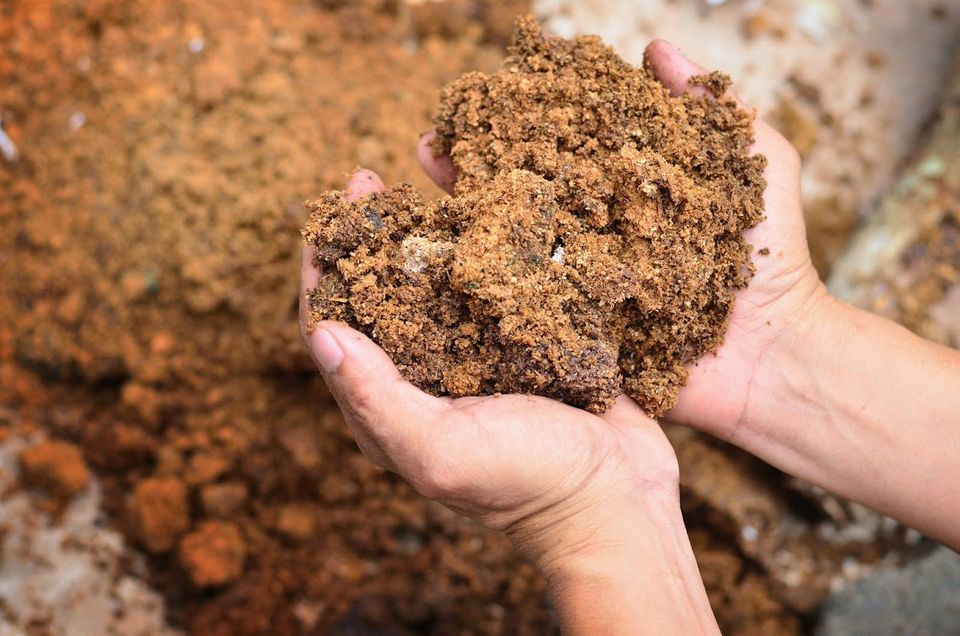
The installation of a sod lawn sounds like a good way to achieve instant green in the landscaping. If you have clay soil, though, you have to consider a few additional steps if you really want your investment in new sod to thrive.
Challenges
The challenges of clay soil begin when the sod is planted, but they will continue if the issues aren't addressed.
Poor Establishment
Roots have trouble penetrating compact clay soils. Clay particles tend to be fine and flat, which means they fit together tightly with few pores to allow water, nutrients, and air into the soil. When wet, the clay particles swell and make matters worse. The compactness of clay makes it difficult for the roots from freshly laid sod to penetrate into the soil and establish.
Ongoing Issues
Clay holds onto moisture, which sounds good on the surface but in reality leads to a host of issues. Clay absorbs the moisture and swells, but it doesn't easily release moisture. If the sod does manage to establish in the clay soil, it often will drown or suffocate in the wet, airless clay soil environment.
Soil Preparation
All soil needs some preparation before the sod is laid, but clay soil may need a little bit extra care to ensure successful sod establishment. The key to successful sod installation is often in preparation of the soil base so that ongoing issues won't be a problem.
Testing
It's important to know exactly what is in the soil before you plant. A test will not just determine the amount of clay in the soil but also the other nutrients and the pH value of the soil. Clay soils tend to be alkaline, and grass prefers a more neutral pH between 6.0 and 7.0. Clay also has a tendency to have low nutrient availability, in part due to the lack of organic matter. Testing can determine the exact pH and nutrient content prior to amending.
Amending
You aren't stuck with the soil as it is. Amending will help counteract clay issues as well as allow you to address nutrient deficiencies. You can adjust pH with the addition of sulfur, which adds some acidity to alkaline soils in order to bring up the pH to a neutral level. You should also till in plenty of organic material, such as various forms of compost and prepared topsoil. Organic matter adds nutrients, and it breaks up the clay so the soil is more porous. Additional fertilizer amendments depend on the results of the soil test.
Sod Options
Your local sod options are limited by climate and availability, but many sod farms have a few choices available. The following are two types of sod that tend to perform better in clay soils.
Fescue
For a cool season grass that thrives in a bit of shade and also can tolerate some clay, consider fescue. Fescue does brown out during the heat of summer unless it is kept well watered, but it can do quite well in a shaded yard or one with dappled light from tree cover. It's deep and extensive root system help it survive in denser clay soils, as the grass has the ability to penetrate through the compacted soil.
Zoysia
Zoysia is considered a warm season grass, so it works best in sunny yards. It will brown out during winter but return in spring when temperatures begin to rise. Much like fescue, zoysia has a root system that can penetrate through clay quite easily.
Contact Novasack Turf Farms today if you need more help in identifying the best sod options for your soil type.

